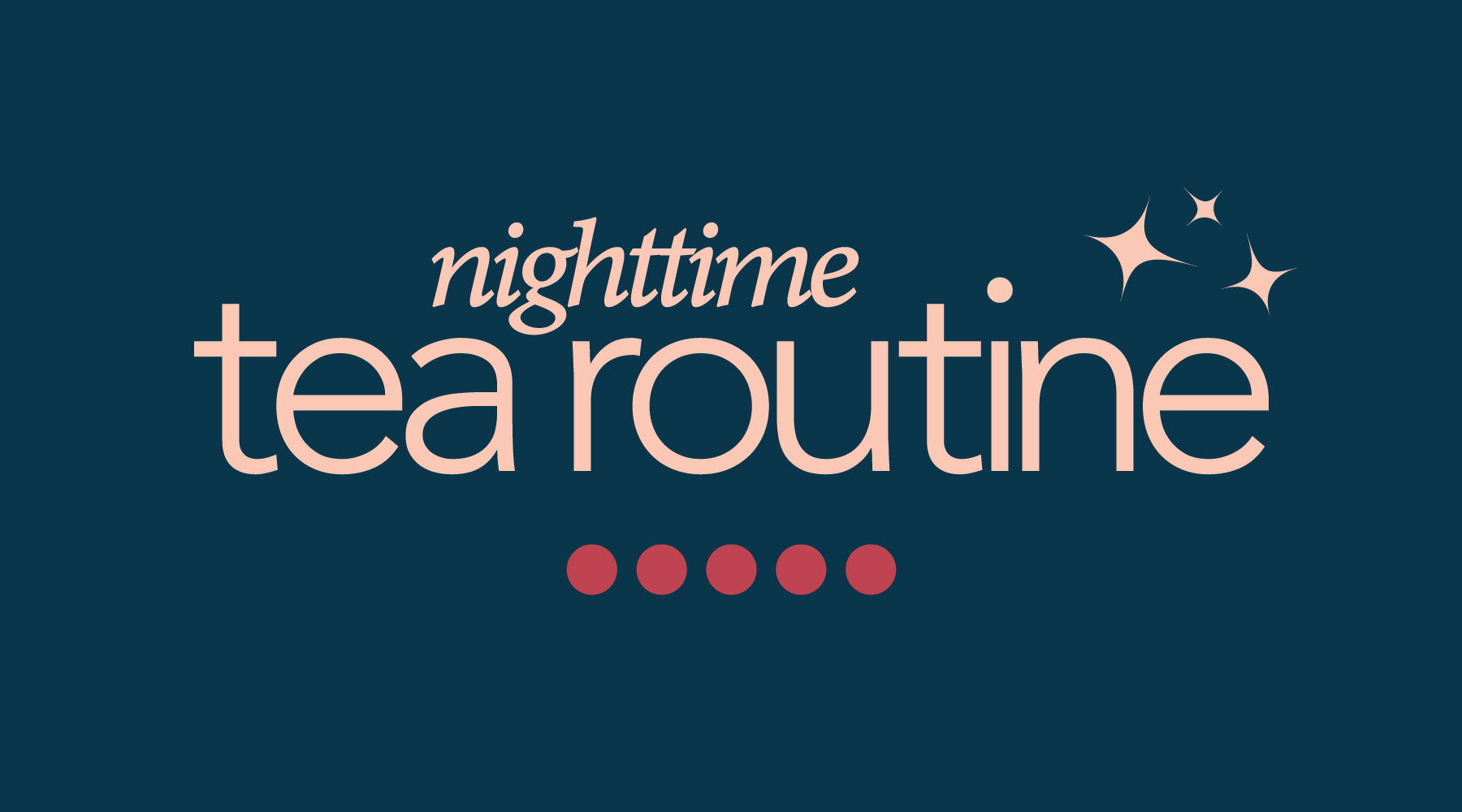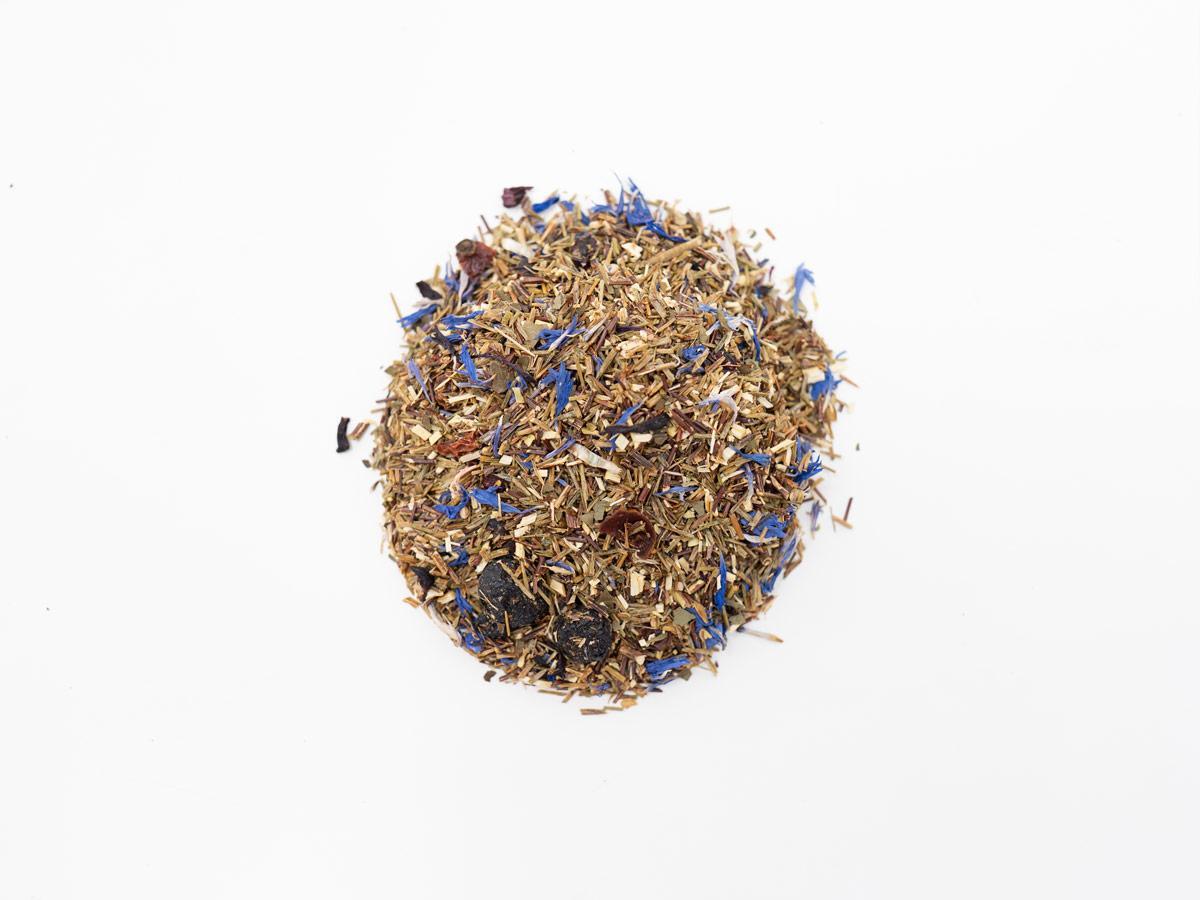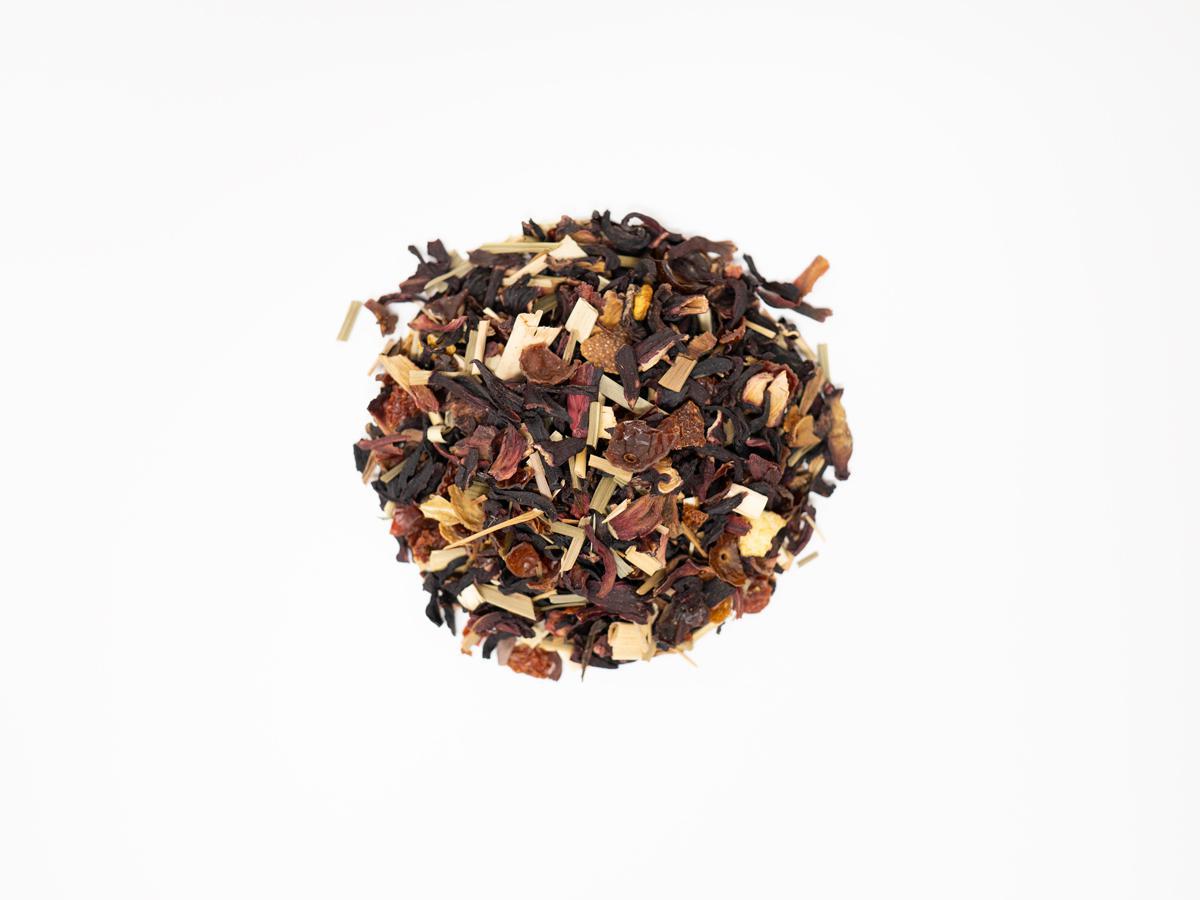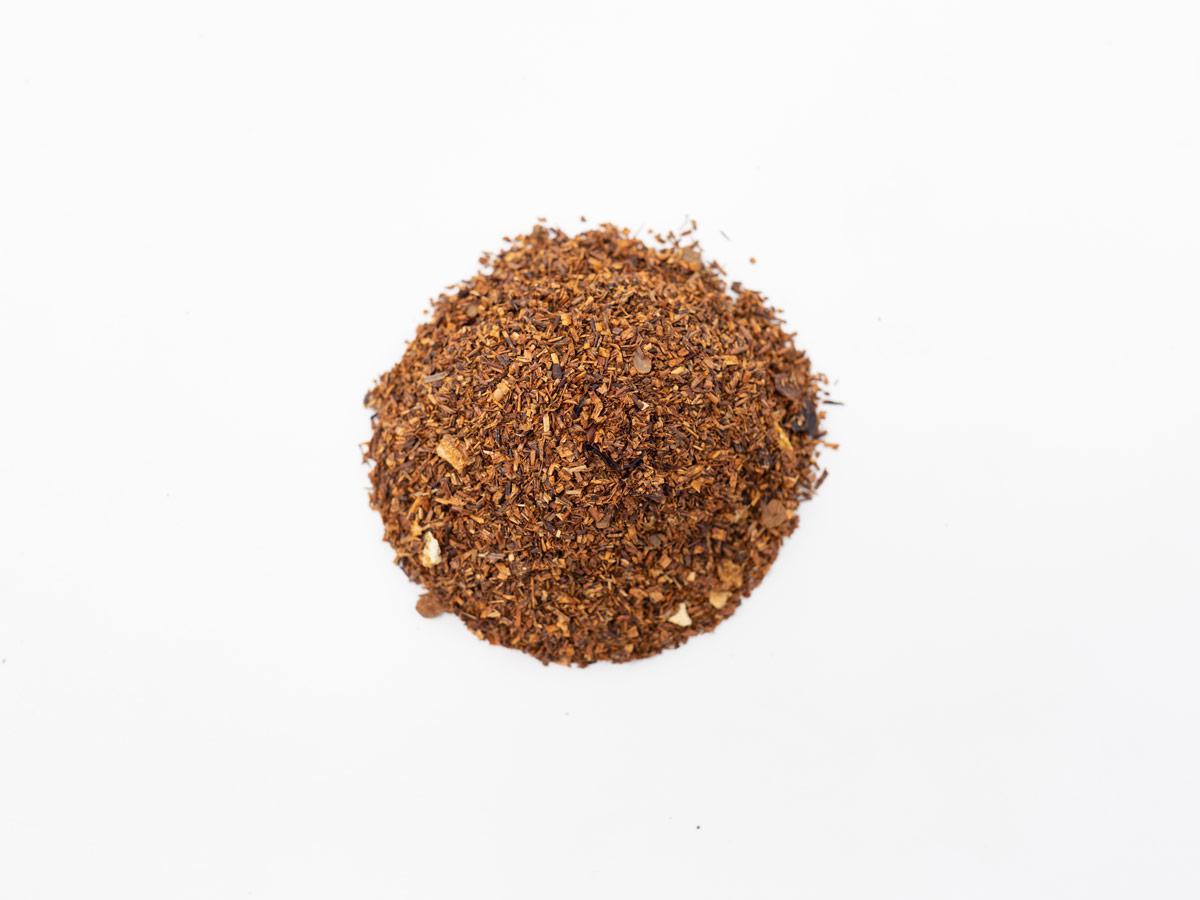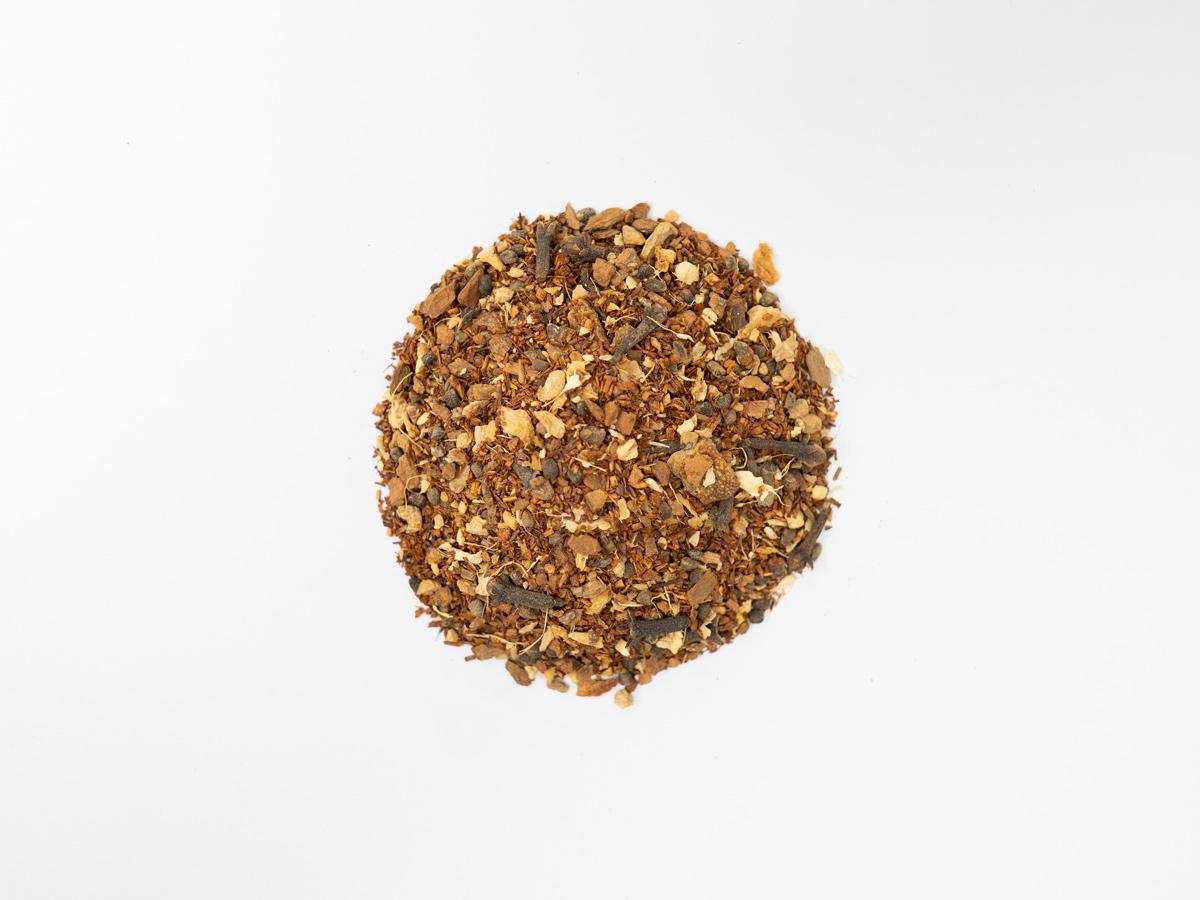History of Rooibos
Rooibos (pronounced “roy-boss”) is an herb native to South Africa. Despite their effort to harvest beyond their borders, South Africa continues to be the only rooibos producer in the world. The fact it is enjoyed globally but only grown locally is perhaps what makes this tea so unique. Grown in Cederberg’s mountainous region (three hours north of Cape Town), rooibos comes from the Aspalathus linearis plant, which is part of the legume plant family. The rooibos plant has long slender leaves with yellow flowers and is usually harvested in the summer. Rooibos is technically an infusion because the plucked tea is in needle form instead of the typical leaf shape. Once the plants are harvested and dried, the herbal infusion will create a reddish-brown cup. Its beautiful, red color has dubbed rooibos as the “African red tea” or “red bush tea.”
Like the Camellia sinensis plant that produces black, green, and white tea, rooibos has been around for thousands of years. South Africa’s first-nation people, known as the “Sans people,” primarily used rooibos for medicinal purposes. By the 1700s, Dutch settlers popularized the brewing of rooibos to drink tea that was less expensive than the trendier black tea. It was not until the 1930s that rooibos became a commercial tea crop. Rooibos became a staple in South African kitchens during World War II when the Camellia sinensis plant became scarce, and the locals figured out rooibos was a better alternative. By the early 2000s, rooibos became a mainstream beverage and a common ingredient in cooking and cosmetic products. In the last decade, rooibos has blown up in the United States and has become one of the most accessible tea varieties.
Rooibos Processing
The rooibos plant is harvested and processed very similarly to the methods used for the Camellia sinensis “true tea” plant. During the harvest process, the stems and leaves of the rooibos bush are cut by hand and bound into bundles. Then the bundles are sorted and further cut to promote oxidation (exposure to oxygen). Oxidation is the method used to bring out the plants’ natural essential oils and develop their color and flavor. Red rooibos is the most fermented and most popular variety of rooibos. More oxidized rooibos will be redder in color, and the taste will be sweeter and richer.
In the mid-90s, an unfermented version called green rooibos was developed. This newer variety is rarer and less oxidized, leaving the tea in its natural, green state. Like green tea, rooibos is dried immediately after it is steamed, and will undergo a heating process that will halt oxidation. This technique retains its color and fresh, grassy flavor. Because green rooibos is less oxidized, it has a higher level of antioxidants and a slightly different chemical composition than red rooibos. Although green rooibos is similar to green tea in many ways, the antioxidants you receive from green rooibos are very different. Plus, green rooibos is entirely caffeine-free. This lack of caffeine makes it an ideal nighttime tea, is safe for pregnancy and breastfeeding, and is one of the rare tea types that children can enjoy.
The main difference between the red and green rooibos is how long they undergo the fermentation process. Red rooibos is fermented much longer than green. Both come from the same plant, but the bush will turn redder and redder when oxidized for a more extended period. This process changes not just the look but also the flavor. You might be wondering which is better. Try our varieties of both green and red rooibos and decide for yourself.
Flavor Profile of Rooibos
Initially, rooibos was only seen as a medicinal beverage or a healthier alternative to other tea types. Now, it is viewed as a delicious caffeine-free beverage for everyday enjoyment. Not only is it consumed plain, but red and green rooibos is used for blends and combined beautifully with a variety of fruits, spices/herbs, and flowers. Red rooibos is loved for its smoky, yet sweet flavor profile. It is often described as nutty with notes of caramel and vanilla and is often compared to hibiscus and yerba mate teas. Green rooibos is lighter, less earthy, and has a more delicate sweetness. Unlike green tea, green rooibos contains no astringency or bitterness. It is an excellent option for those who desire rooibos’ health benefits but prefer a more mellow flavor.
Rooibos can be steeped for just a few minutes or for as long as an hour. One of rooibos’ best attributes is that no matter how long you brew it, it will never get bitter. Rooibos tastes delicious on its own or with a touch of honey. It is incredibly versatile and tastes equally delicious with milk, sweetened with sugar, or over ice. There is a coffee-inspired beverage called a “red espresso” where instead of coffee grounds, the “espresso” is made from highly concentrated, finely-ground rooibos. This popular variation of espresso is a great caffeine-free substitute, and when combined with steamed milk, you have yourself a “red cappuccino.”
Health Benefits of Rooibos
Along with its beautiful color and delicious flavors, rooibos has many health benefits. It contains vital minerals, including calcium, iron, magnesium, zinc, high vitamin C levels, and powerful antioxidants. This array of vitamins and minerals will help build strong bones and boost a healthy immune system. Aspalathin and nothofagin are two essential antioxidants that are only found in green rooibos. Although red rooibos has many health benefits, the antioxidants in green rooibos are far more abundant. The chemical makeup between red and green rooibos is very similar to black and green tea. Both tea types are considered healthy beverages, but their different chemical composition makes one tea more beneficial than the other.
As I mentioned previously, rooibos is used in many cosmetic products. This usage is due to alpha hydroxy acid and zinc, two minerals found in rooibos. Alpha hydroxy acid is one of the main ingredients in chemical peels and can help reduce wrinkles. Zinc is known to help with the appearance of acne and eczema. In addition to healthy, glowing skin, rooibos has anti-inflammatory properties that help reduce inflammation and relieve aches and pains, such as stomach cramps or arthritis. Many people drink rooibos tea to prevent or alleviate allergy symptoms. Much like an antihistamine, rooibos has bioactive flavonoids that work to block mast cells responsible for releasing histamine. If you are like me and have horrible allergies, then rooibos is a must-have. While there can be many benefits to drinking rooibos tea, we are not doctors. There can be a lot of information found on how rooibos tea can support a healthy lifestyle. However, there is still little evidence that would support tea being a medical replacement. We always recommend you contact your doctor concerning health matters.
Rooibos is becoming a quick favorite here at Hackberry Tea. You honestly cannot go wrong between its robust and refreshing flavor to its incredible, medicinal properties. Delicious hot or iced, plain or flavored, red or green, this versatile tea should be a staple in your pantry.




